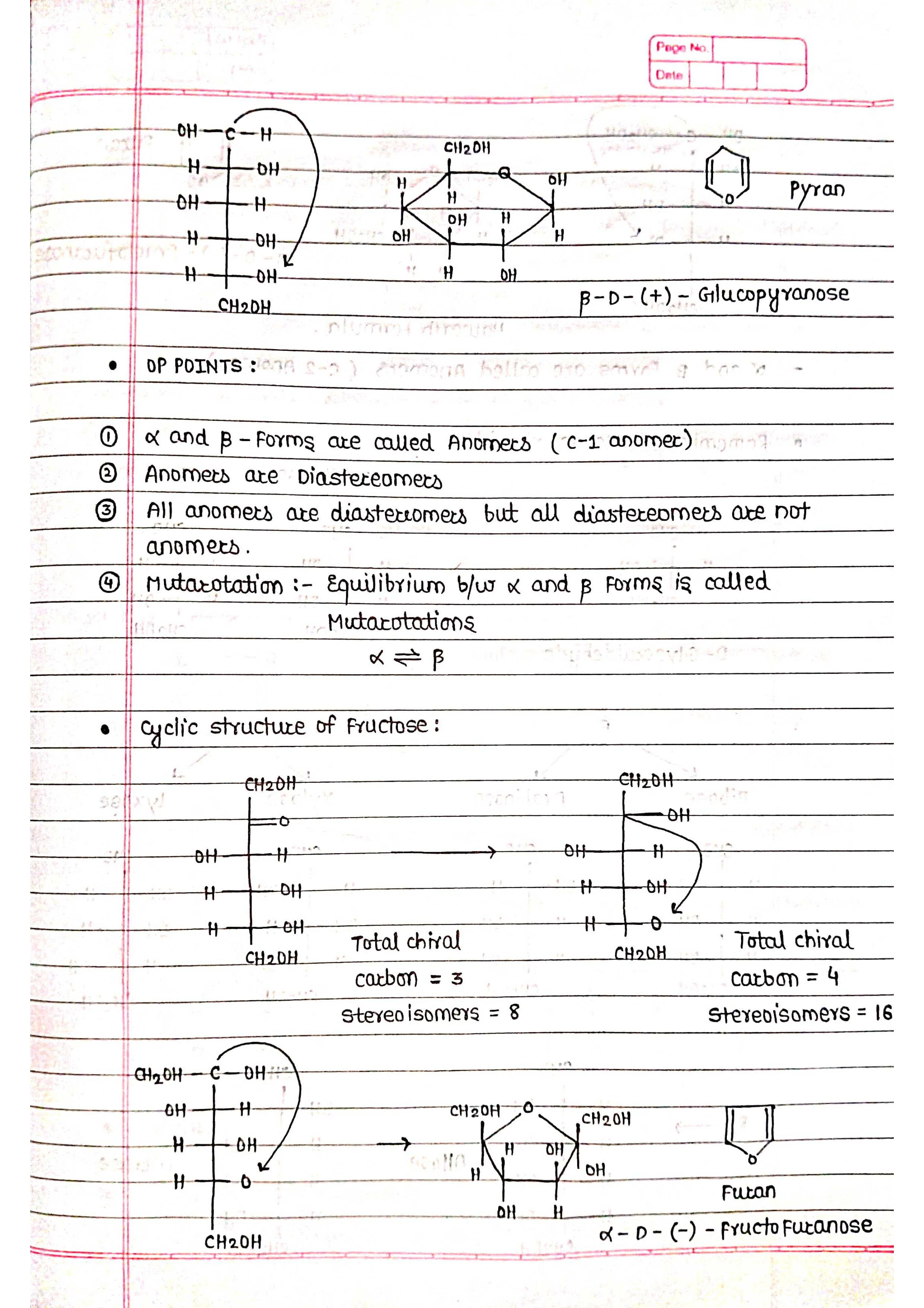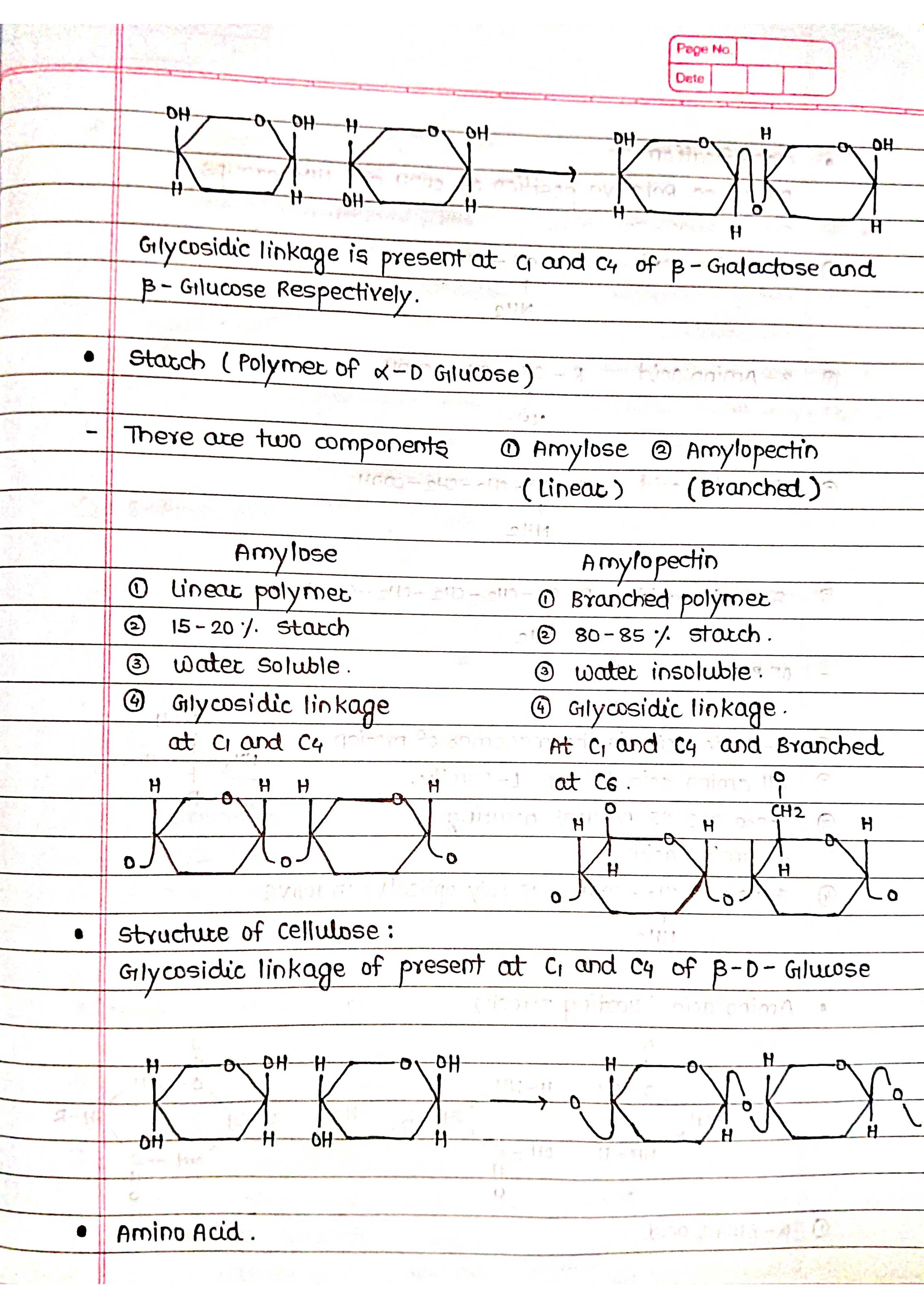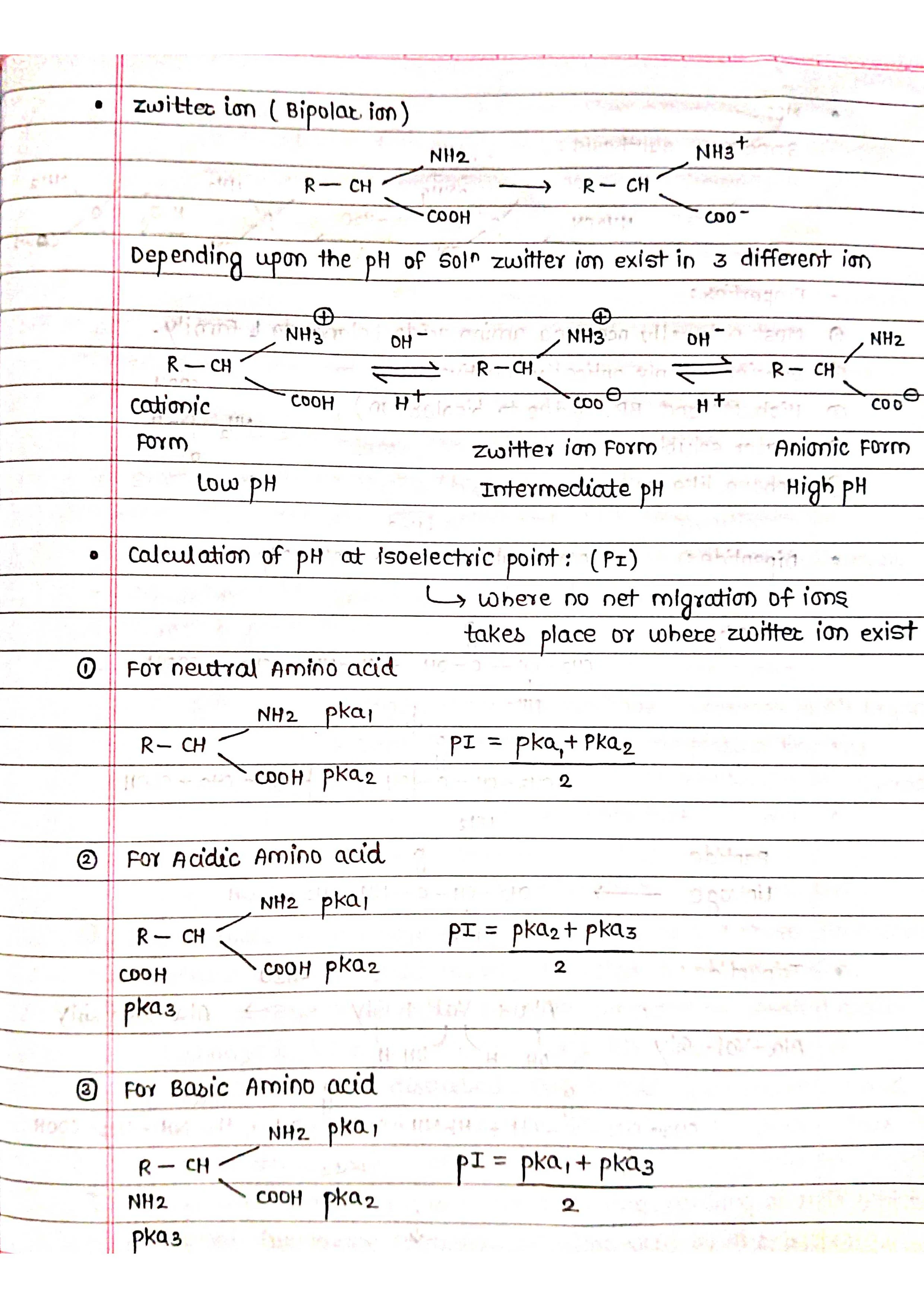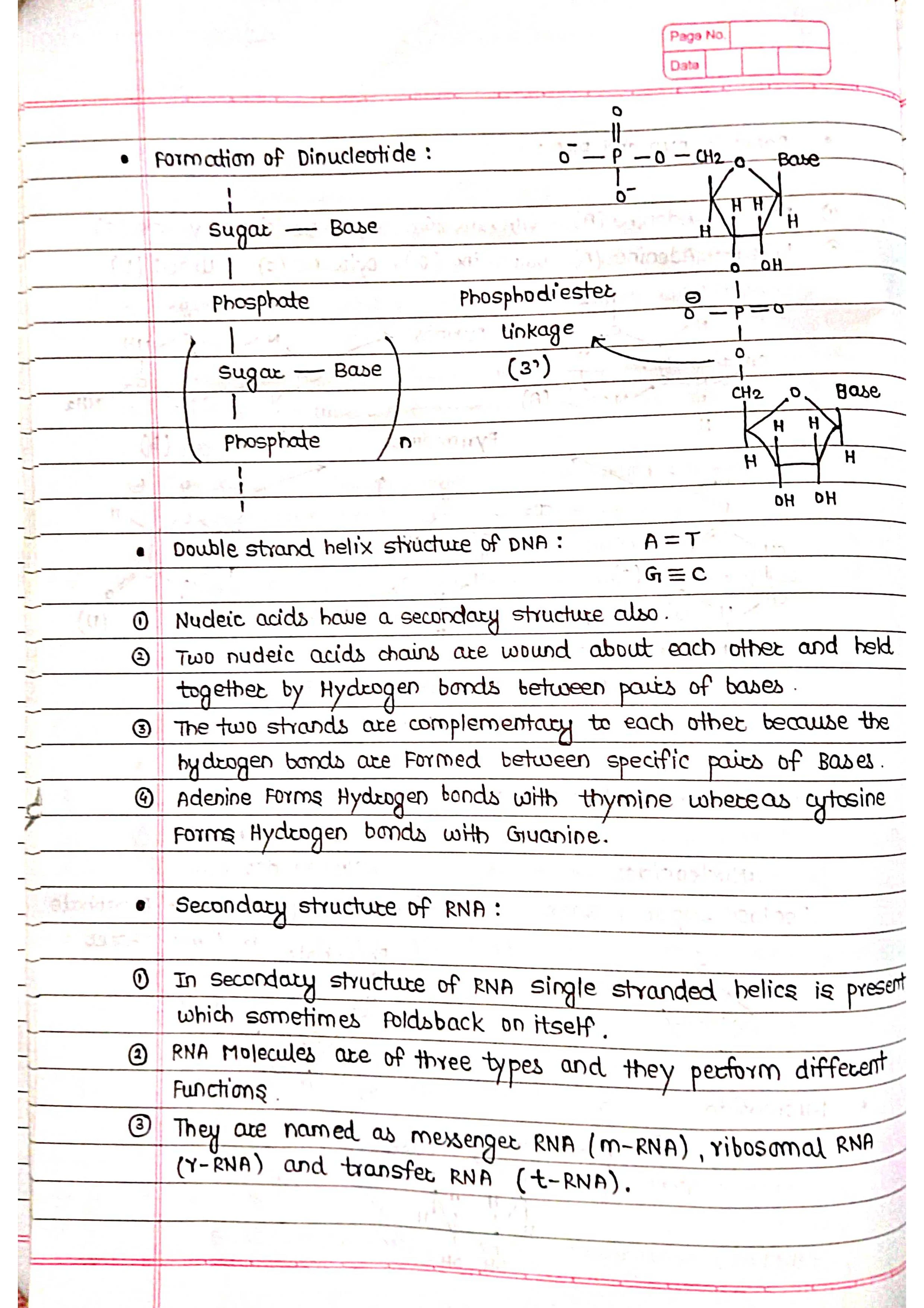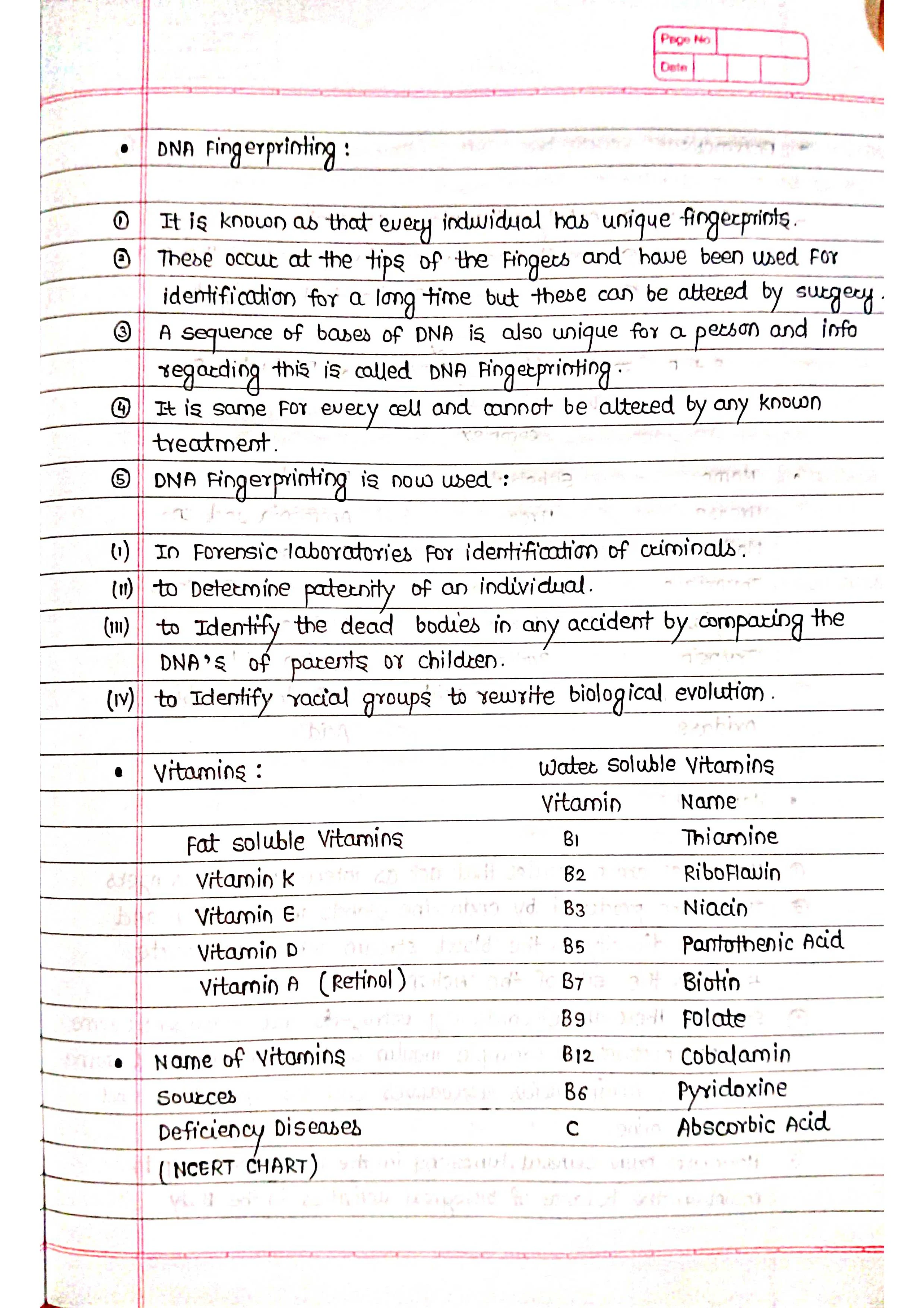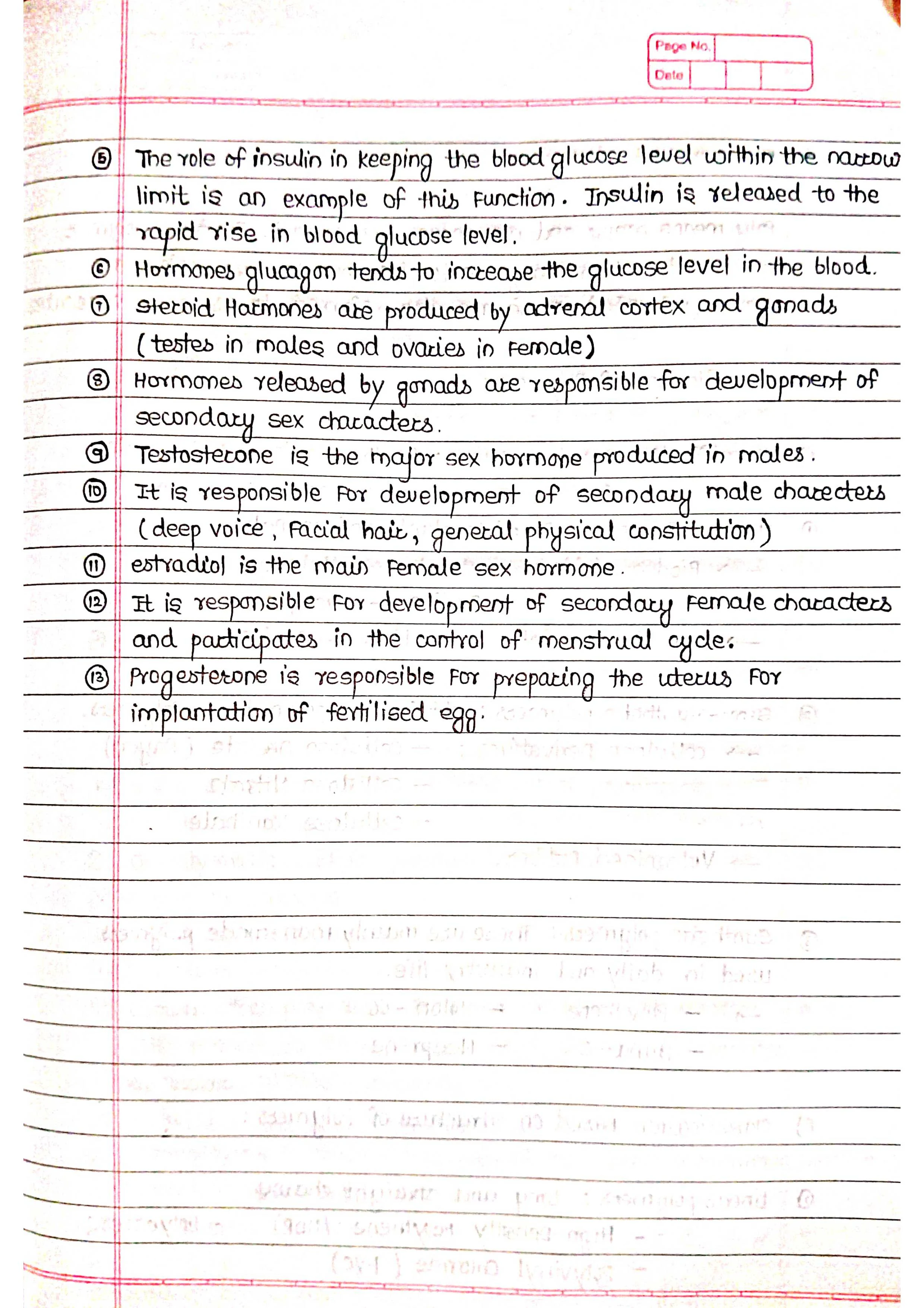Biomolecules are the organic molecules essential for life, forming the foundation of all living organisms. They play a critical role in various biological processes, from providing energy and structural support to facilitating communication and reproduction. Understanding the structure, function, and interactions of biomolecules is crucial for comprehending the intricate workings of life at the molecular level.
Key Classes of Biomolecules:
Carbohydrates:
➡️ Simple sugars (monosaccharides) like glucose and fructose, providing readily available energy.
➡️ Complex sugars (polysaccharides) like starch and cellulose, serving as energy storage and structural components in plants.
Proteins:
➡️ Diverse molecules composed of amino acids linked together in specific sequences, responsible for a vast array of functions:
➭ Enzymes: Catalyzing biochemical reactions.
➭ Antibodies: Defending against pathogens.
➭Transport proteins: Facilitating the movement of molecules across membranes.
➭ Structural proteins: Providing support and shape to cells and tissues.
➭ Contractile proteins: Enabling movement (e.g., muscles).
Lipids:
➡️ A heterogeneous group of molecules characterized by their nonpolar nature, fulfilling diverse roles:
➭ Fats and oils: Storing energy.
➭Phospholipids: Forming cell membranes and aiding in signal transduction.
➭ Steroids: Functioning as hormones, vitamins, and signaling molecules.
➭ Waxes: Providing protection and waterproofing.
Nucleic Acids:
➡️ Complex molecules carrying genetic information:
➭ Deoxyribonucleic acid (DNA): Storing the hereditary blueprint of an organism.
➭ Ribonucleic acid (RNA): Involved in protein synthesis, gene regulation, and other cellular processes.
Structure and Function:
➡️ The unique properties and functions of biomolecules are determined by their intricate three-dimensional structures, which arise from the interactions between their constituent atoms.
➡️ The specific arrangement of atoms, functional groups, and bonds within a biomolecule dictates its reactivity, solubility, and ability to interact with other molecules.
Interactions and Interdependence:
➡️ Biomolecules do not function in isolation; they interact with each other in intricate ways to orchestrate the complex processes of life.
➡️ These interactions can involve:
➭ Noncovalent interactions (e.g., hydrogen bonding, ionic bonding, van der Waals forces)
➭ Covalent bonding (forming new chemical bonds)
➭ Enzyme catalysis (expediting specific reactions)
➭ Signal transduction pathways (relaying information within and between cells)
Understanding biomolecules is fundamental to various fields, including:
➭ Biochemistry: Studying the chemical basis of life.
➭ Molecular biology: Investigating the structure and function of genes and proteins.
➭ Genetics: Exploring the transmission of hereditary traits.
➭ Medicine: Developing drugs and therapies to target specific biomolecules involved in diseases.










